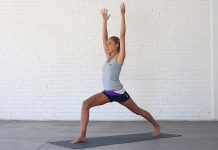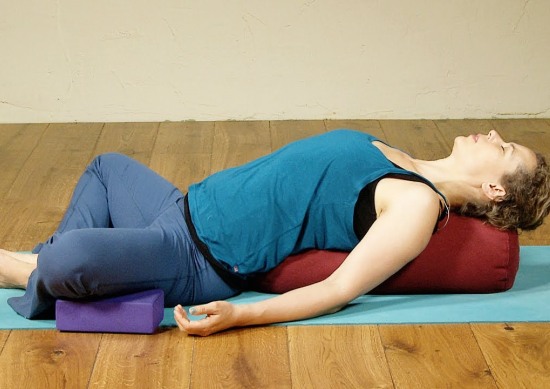Ashtanga vinyasa yoga means purifying your mind through eight steps. The eight steps in ashtanga yoga are: yama, niyama, asanas, pranayama, pratyahara, dharana, dhyana, Samadhi.
Yama: The first step in ashtanga yoga is yama. Yama is described by five universal vows.
These vows are guidelines for how you interact with the outer world and the social disciplines to guide in you in your relationship with others.
The five vows are truthfulness, non-violence, celibacy, non-covetousness, and non-stealing.
Niyama: The second step in ashtanga vinyasa yoga is niyama. Niyama describes how to interact with internal world.
Niyama is about self-regulation. It helps you to maintain a positive environment in which you grow. The five niyamas are contentment, purity, self-education, austerity, and meditation on the divine.
The yama and niyamas help to view yourself with compassion and awareness. Yama and niyama help you to lead a conscious life. These are about being honest to yourself. These help in respecting the value of this life.
Yogasanas: The third step in ashtanga vinyasa yoga is yogasana. Yogasana is a posture in harmony with inner consciousness. It helps in attaining a comfortable posture for meditation. It helps in balancing the basic structure of the human body. The five basic functions of asanas perform are mental, spiritual, conative, cognitive, and intellectual functions.
Yogasanas help in affecting your mind positively. These have various physiological benefits. If you practice yogasanas regularly, your weight is reduced, blood pressure normalized, cholesterol level controlled, and heart performance improved. The yogasanas make your mind strong to enable you to suffer from pain and problems.
Pranayama: The fourth step in ashtanga vinyasa yoga is pranayama. Pranayama is the maintenance of prana in a healthy way throughout your life. pranayama is controlling the life force or prana. The practice of pranayama helps in harnessing the prana in and around you.
The pranayamas can be classified as: breath retention technique, inhaling through the nostrils, travel of breath between the nose and the heart, and concentrated and fixed breathing exercise. The various stages of pranayama are inhalation, exhalation, retaining the breath, and converting both inhalation and exhalation into retention.
Pranayama helps to manipulate your energies if you practice it correctly. It helps in releasing tensions and develops a relaxed state of mind. It improves mental clarity, creative thinking and physical well being.
It balances the nervous system and increases the amount of oxygen to the brain to improve alertness. Pranayama enables your mind to attain the ability to concentrate on any given object of attention.
Pratyahara: The fifth step in ashtanga vinyasa yoga is pratyahara. Pratyahara manages your senses in a right way. It goes beyond the senses instead of suppressing them. Practicing this technique is necessary in order to break out from the eternal cycle of rebirths.
Dharana: The sixth step in ashtanga vinyasa yoga is dharana. Dharana develops and extends your powers of concentration. Your attention and mind-fixing skills can be directed and controlled. It also involves concentrating on charkas or turning inwards.
Dhyana: The seventh step in ashtanga vinyasa yoga is dhyana. Dhyana is the state of meditation. At this state, your mind attains ability to concentrate without any distractions [Meditation and concentration]. Dhyana is nothing but a state of mind.
Samadhi: The eighth and the last step in ashtanga vinyasa yoga is Samadhi. Samadhi is the total absorption. The individual consciousness becomes pure consciousness. It is the ability to become one with the true self and merge into the object of concentration.
The different levels of Samadhi are distinguished contemplation, non-distinguished contemplation, deliberated absorption, non-deliberated absorption, reflective meditation, and non- reflective meditation.










